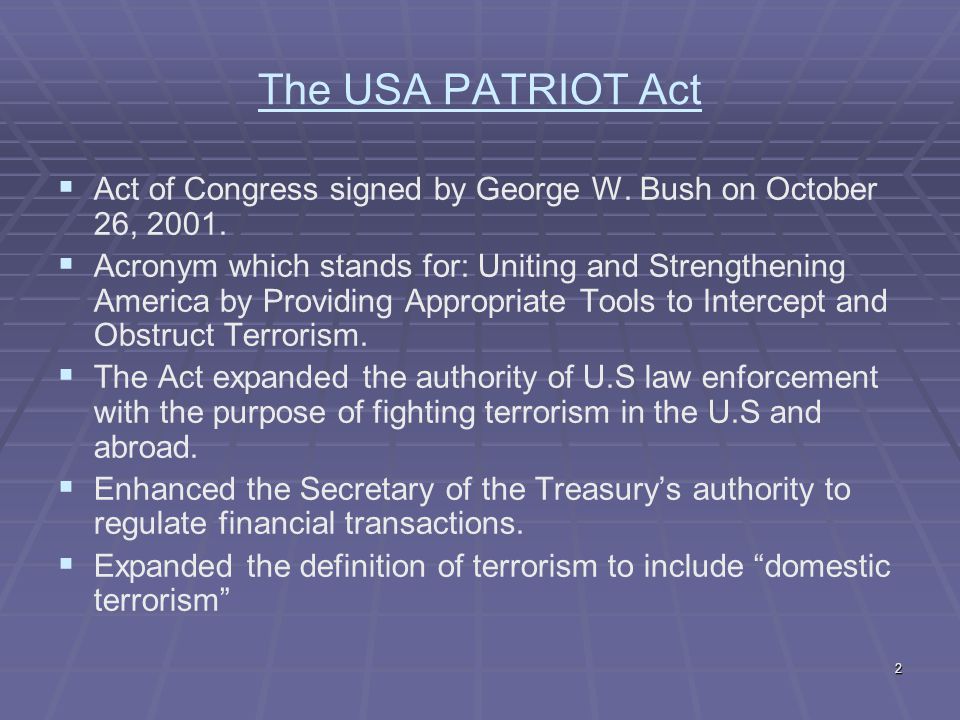
Alexander Hamilton (January 11, 1755 or 1757 – July 12, 1804)

Alexander Hamilton Monument in
Central Park, New York City.

Alexander Hamilton (January 11, 1755 or 1757 – July 12, 1804)

Alexander Hamilton Monument in
Central Park, New York City.

U.S. Surgeon General Luther Terry released the first report of the Advisory Committee on Smoking and Health.
U.S. Surgeon General Luther Terry knew his report was a bombshell. He intentionally chose to release it on January 11, 1964, a Saturday, so as to
limit its immediate effects on the stock market. It was on this date that, on
behalf of the U.S. Government, Terry announced a definitive link between
smoking and cancer.




Zebulon Montgomery Pike
(January 5, 1779 – April 27, 1813)

Approaching the Colorado foothills of the Rocky Mountains during his second exploratory expedition, Lieutenant Zebulon Pike spots a distant mountain peak
that looks “like a small blue cloud.” The mountain was later named Pike’s Peak
in his honor.
Pike’s explorations of the newly acquired Louisiana Territory of the U.S. began before the nation’s first western explorers, Lewis and Clark, had returned from
their own expedition up the Missouri River. Pike was more of a professional
military man than either Lewis or Clark, and he was a smart man who had
taught himself Spanish, French, mathematics, and elementary science. When
the governor of Louisiana Territory requested a military expedition to explore
the headwaters of the Mississippi, General James Wilkinson picked Pike to
lead it.



On this day in 2001, President George W. Bush signs the renewal of
the U.S. Patriot Act after a long battle with Congress.






Pat Sajak (Patrick Leonard Sajdak) is 73 today.
Sajak is a former weatherman and talk show host, best
known as the host of the syndicated television game
show Wheel of Fortune.


“Wheel of Fortune” hosts Pat Sajak and Vanna White.

View of anti-Vietnam war protestors around the Lincoln Memorial reflecting pool on 21 October 1967
In Washington, D.C. nearly 100,000 people gather to protest the American war
effort in Vietnam. More than 50,000 of the protesters marched to the Pentagon
to ask for an end to the conflict. The protest was the most dramatic sign of
waning U.S. support for President Lyndon Johnson’s war in Vietnam. Polls
taken in the summer of 1967 revealed that, for the first time, American
support for the war had fallen below 50 percent.

Outside the Pentagon during the 1967 demonstrations.

A scuffle between the military police and protesters outside the
Pentagon (above & below).

